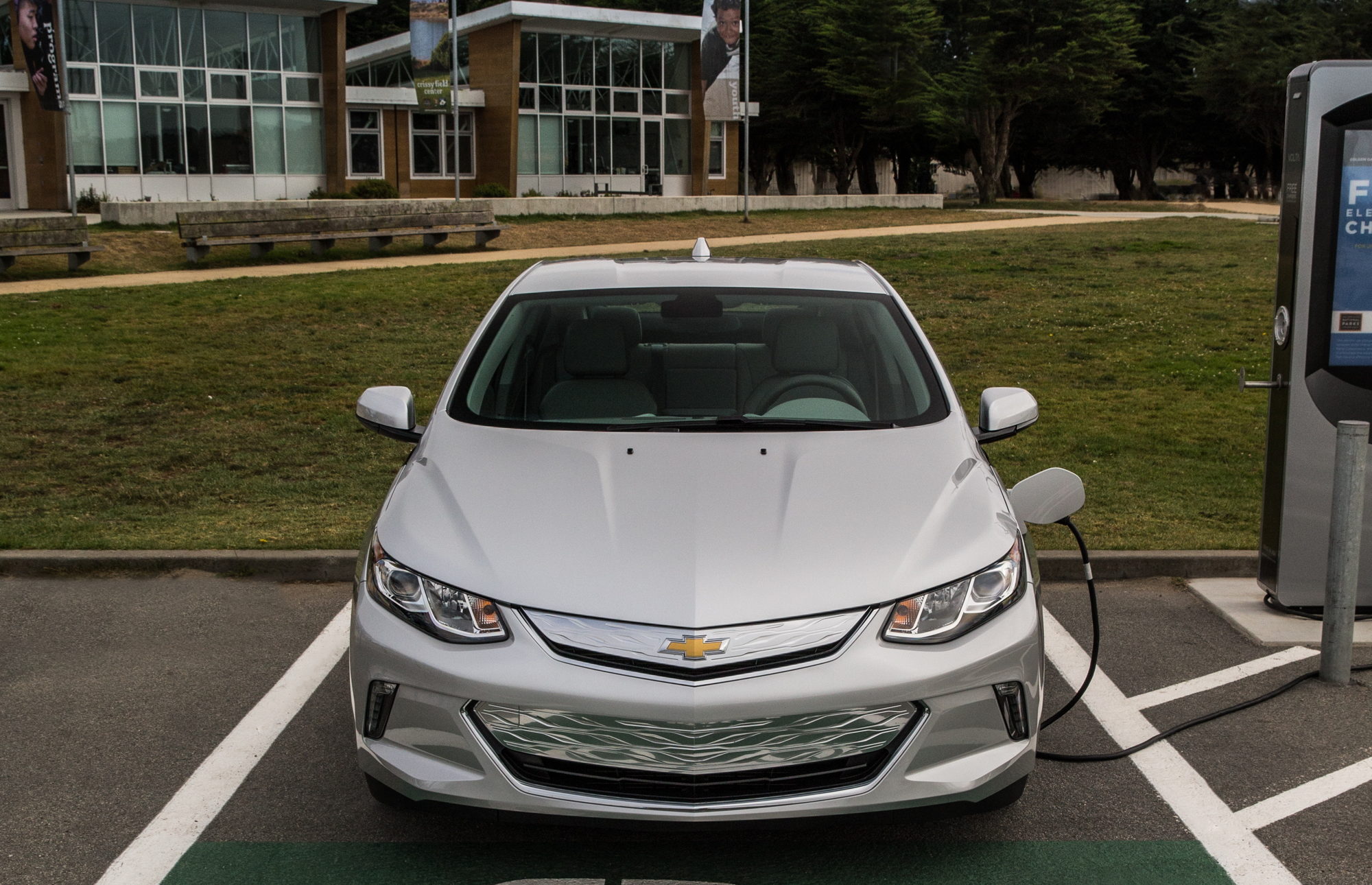
Plug-in Hybrid Electric Vehicles: What You Need To Know
By Randy Lioz, Editor, Car-ED.com | July 2018
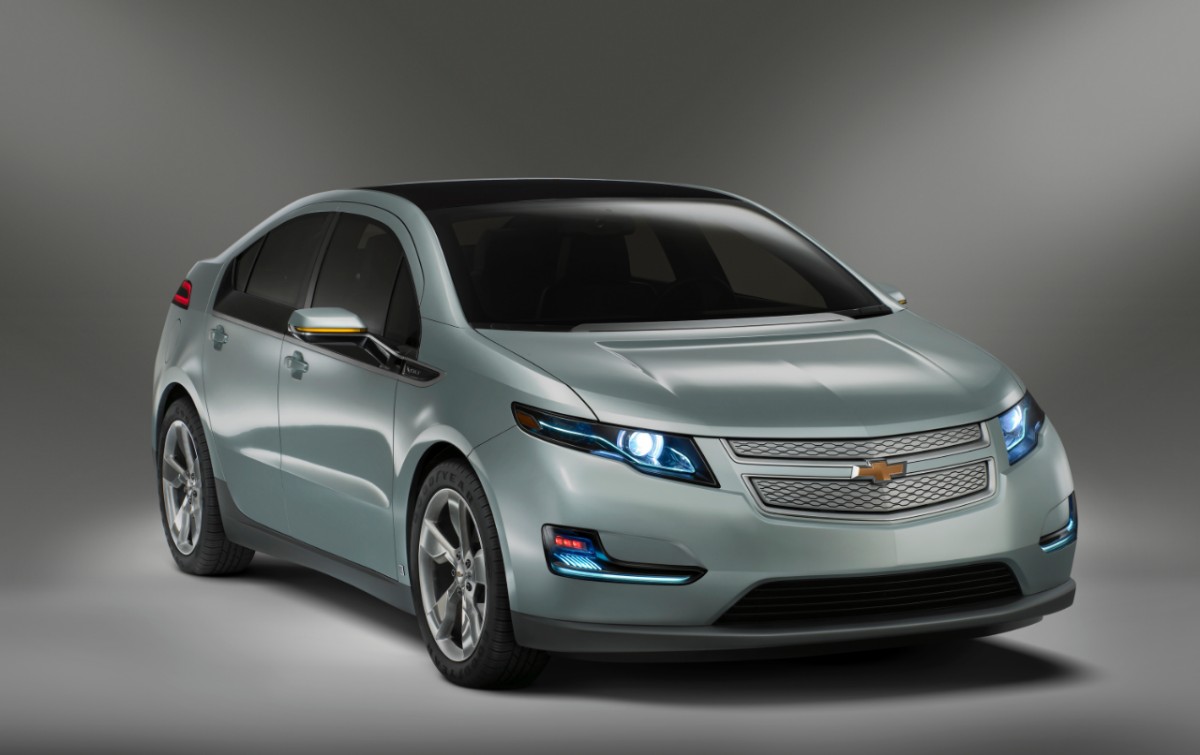
2011 Chevy Volt, photo credit: GM
General Motors introduced a radical new idea into the marketplace with the debut of the 2011 Chevrolet Volt. While some brands, like Nissan and Tesla, wanted to move forward with an all-electric future as quickly as possible, GM recognized that few consumers had full confidence that a pure EV would fit their lifestyles well. Electric vehicle range was still well below that of the typical gas car, and the charging infrastructure wasn’t built out to support a fleet of electric cars, giving rise to the phenomenon termed “range anxiety.”
The solution for this was a car that would combine the advantages of both EVs and gas-powered cars: the plug-in hybrid. The idea behind the Volt was that it would act as a pure EV for the first 40 miles—GM’s research had told them that nearly four out of five commuters had a round trip of under 40 miles—but then rely on a small gas engine, dubbed a “range extender,” to allow the owner to keep driving even when there was no place to recharge. The final electric range turned out to be 38 miles, however.
With the Volt’s launch, GM created an entirely new sales category. The company had hoped to replicate the runaway success of the Toyota Prius, which had single-handedly put hybrid vehicles on the map, but the Volt was never able to approach the Prius’s scale. While the Toyota had peaked at over 180,000 U.S. sales in 2007, the Volt never managed to crest 25,000 copies in a year.
One of the biggest challenges had been communicating what the car actually was, with both an electric charge port and a fuel filler door.
Still, the category that it created, plug-in hybrid electric vehicles, has been enjoying strong growth. The segment was up over 30% year-over-year in 2017, suggesting that drivers are warming to the formula.
Who are the leaders in this category?
The biggest mover among plug-in hybrids is actually from the Prius family. Toyota first approached the segment tentatively, adding a plug to its regular Prius and giving it 11 miles of electric-only range. Consumers were underwhelmed, particularly given the comparison with the Volt’s 38 miles on battery power.
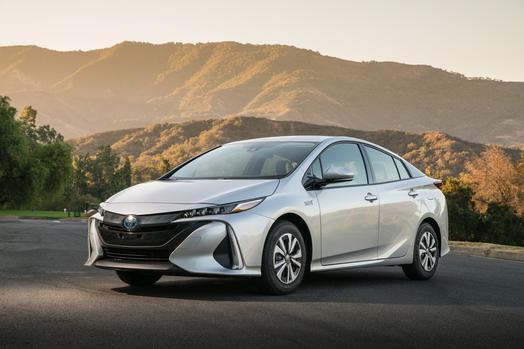
2017 Toyota Prius Prime, photo credit: Toyota
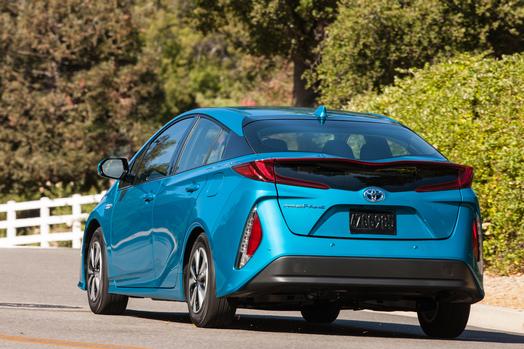
2017 Toyota Prius Prime, photo credit: Toyota
Toyota finally got serious about the segment with its latest generation of the Prius, creating a highly differentiated plug-in version called the Prius Prime. The Prime more than doubled the electric-only range of that first plug-in Prius, to 25 miles. And it boasts unique styling that sets it apart from the other, more pedestrian, versions of the hybrid. Many shoppers feel that the Prime’s more horizontal styling theme, with its wave-like rear deck, is more attractive than the angular, vertically-oriented design of the Prius that lacks a plug.
The second-generation Volt actually got a year-long head start against the Prius Prime, and it has some significant advantages over the Toyota. The new Volt can drive 53 miles on battery power alone, more than double the EV range of the Prime. For power comparisons, its useful to look at total system horsepower, which combines the potential of the gasoline range extender and the electric motors that are intended to be these cars’ main motivators.
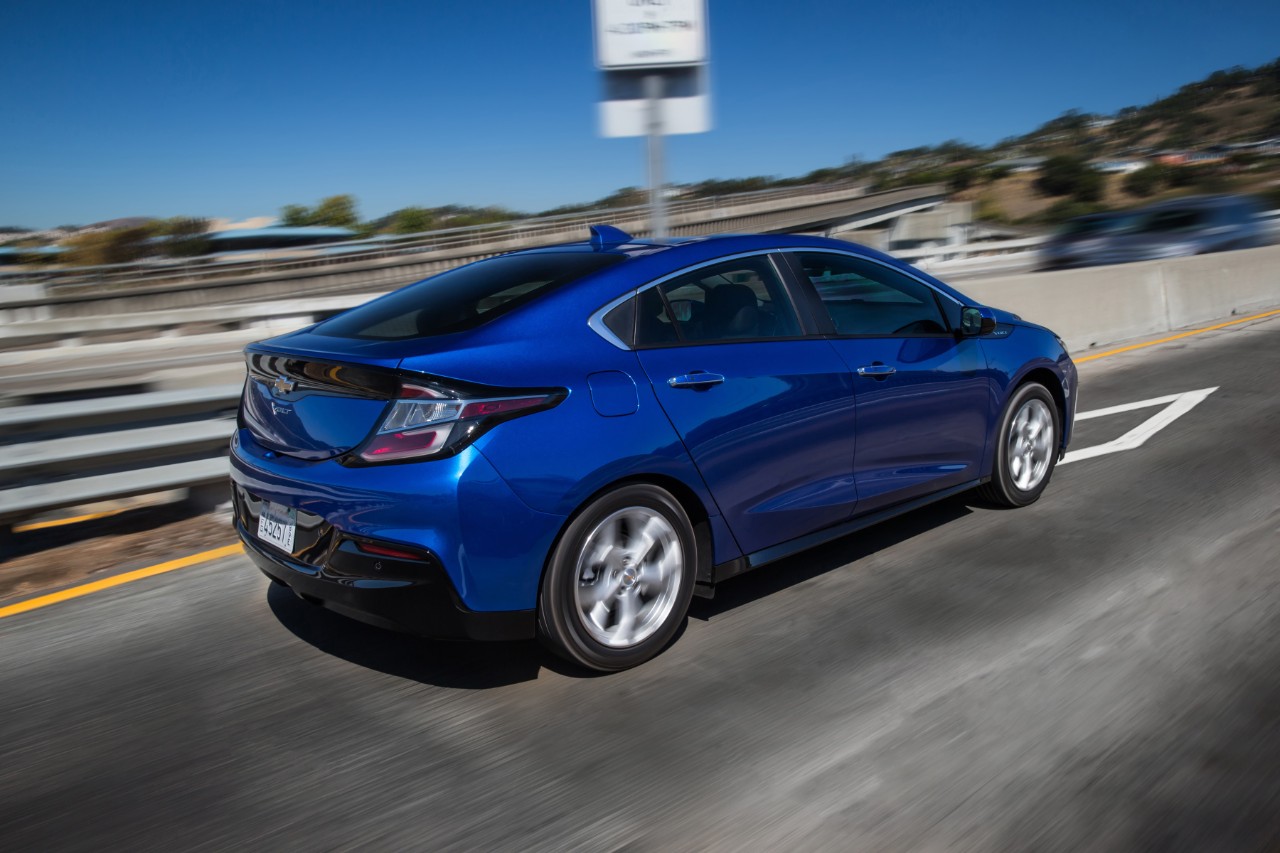
2018 Chevrolet Volt, photo credit: GM
Chevy and Toyota take two different approaches here, with the Volt maintaining a constant 149 hp, whether in EV or range-extending mode. The Prius Prime, on the other hand, has one power rating in EV mode—91 hp—and a higher rating for range-extended driving, which combines the two systems—121 hp.
The Volt has big advantages in both settings, but it pays the price in efficiency. The Prius Prime gets an impressive 133 MPGe (miles per gallon equivalent) rating when in EV mode—this number translates the amount of energy it’s using from its battery into something roughly equivalent to the energy burned from a gallon of gas—whereas the Volt’s EV mode only returns 103 MPGe. And when the gas engine comes into play the Prius still has a big advantage, getting 54 mpg against the Volt’s 42. The Prius Prime also has a total range advantage when you factor in the gas engine.
The other major advantage the Toyota has is in pricing, where its starting MSRP is nearly $6,000 under the Volt’s. One does have to consider, however, that because federal tax credits for electrified vehicles are based on battery capacity (which is directly linked to EV range), the Volt is eligible for the full $7,500 credit, while the Prius Prime maxes out at around $4,500. That $3,000 difference wipes out half the price disparity between the two.
Still, this new generation of Toyota Plug-in is making big sales gains. 2017 sales multiplied the previous year’s by eight, and with the Volt dropping off, the Prius Prime has taken a commanding sales lead during the first half of this year. It gives us some insight into what buyers are looking for in a plug-in hybrid. Lower pricing, higher efficiency, and the well-regarded Prius name seem to be trumping the Chevy’s longer range and higher power numbers, and even the Volt’s seating capacity advantage—it seats five, while the Prius Prime has only four chairs.
The other factor may be styling, since the Prius Prime is unmistakably a green vehicle, distinct from Toyota’s gas-powered lineup, while the Volt shares many of its cues with the much cheaper Chevy Cruze.
Are there other choices?
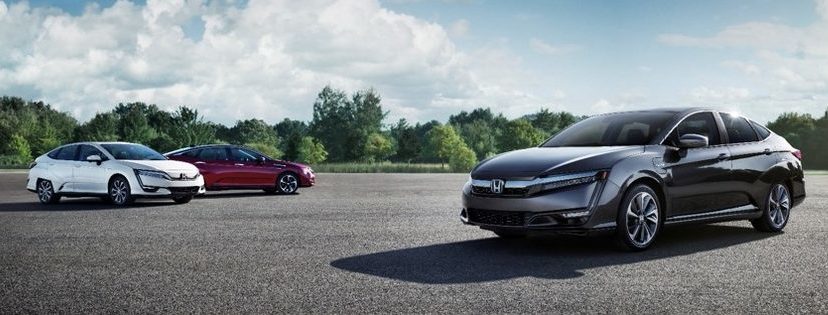
Honda Clarity lineup, photo credit: Honda
There are several other vehicles in the segment, and they range widely in their approach. Some brands have designed models that offer multiple different green variants, like the Prius. Honda’s Clarity plug-in is part of a trio of Clarity models that also include a pure EV model and a fuel-cell electric vehicle that runs on hydrogen. The Korean brands have also put their eggs in multiple baskets; the Ioniq lineup from Hyundai has regular hybrid, plug-in hybrid and pure EV models, while the Kia Niro lineup will have the same choices once its full EV version launches for the 2019 model year. We’ll be bringing you a review of the Niro plug-in very soon.
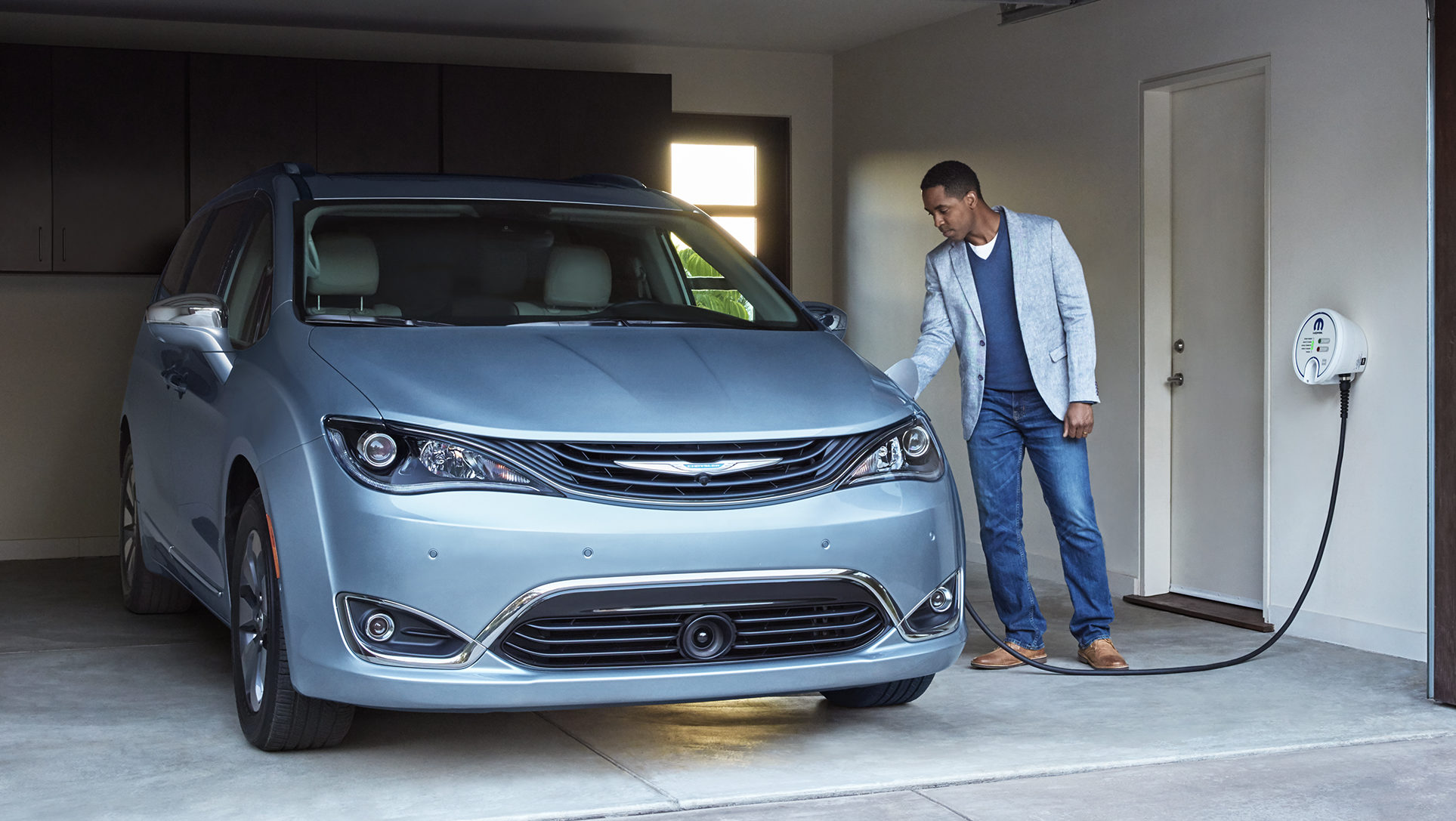
2017 Chrysler Pacifica Hybrid, photo credit: FCA
The rest of the segment is composed of plug-in variants of existing gas models, like the Ford Fusion Energi and the Chrysler Pacifica Hybrid. Many of these are actually luxury vehicles. BMW has six PHEVs, but only two of these are dedicated plug-ins from its i electrified sub-brand. The rest are plug-in versions of the 3, 5 and 7 Series cars, and the X5 crossover. Mercedes, Porsche, Volvo and Cadillac also have plug-in versions of their regular cars.
Charger Type: Where can I plug in?
Plug-in hybrids, with few exceptions, only offer Level 1 or Level 2 charging, which means regular wall outlets (120v) or appliance outlets (240v) respectively. While DC fast charging is available for many pure electric vehicles, the smaller batteries on most PHEVs just don’t need this level of recharge rate.
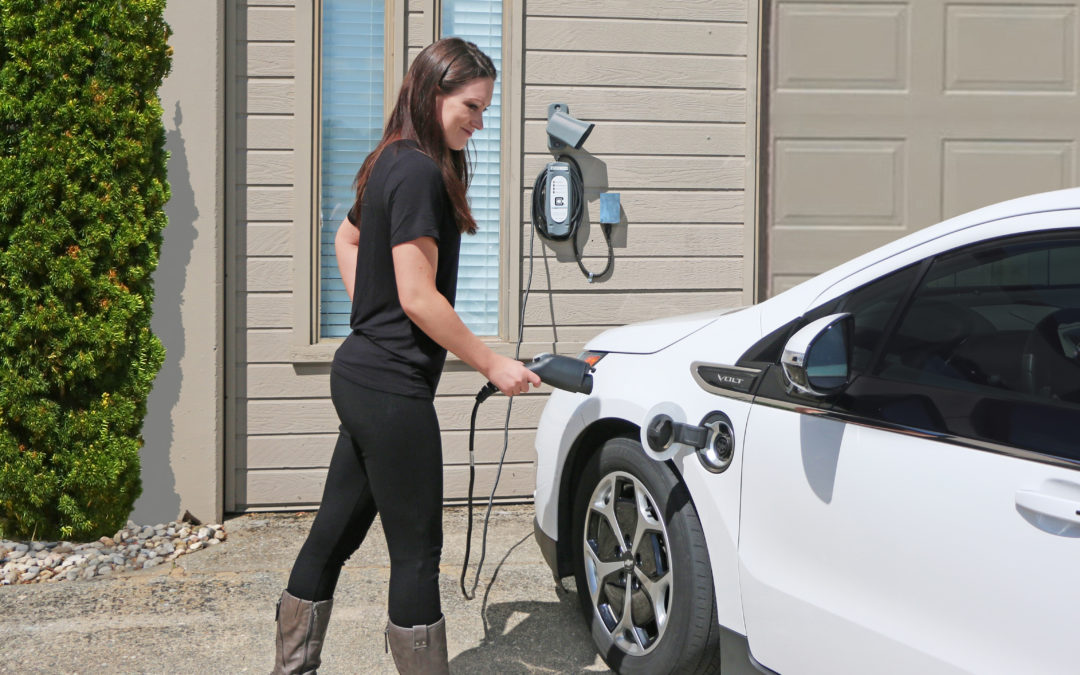
Photo credit: ClipperCreek
This means you don’t have to worry about finding a compatible charger; they’ll all work. And if you plug in to a wall outlet for a few hours you’ll probably be good to go. This time grows when you get to a higher-range car like the Volt, which could take up to 10 hours to recharge from a regular wall plug, but if you’re doing that it’s probably at home, where you can leave the car charging overnight. Public charging stations will be L2 chargers, which for the Volt would take five hours for a top-off if you were completely out of juice.
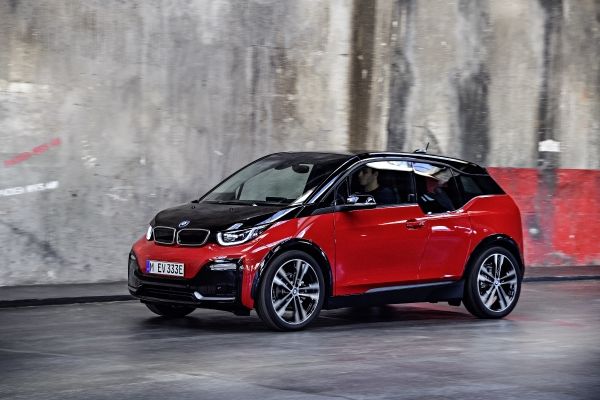
BMW i3s, photo credit: BMW
The exception to this is the BMW i3 with Range Extender. It’s the only vehicle on the market that offers just pure EV and plug-in versions, and its battery-only range is impressive, at nearly 100 miles. Because of this, though, it can take a whole day to juice up the i3’s full EV range on a home outlet. So BMW offers DC fast charging as an option on the i3, and it’ll give you an 80% charge in just a half hour, though the infrastructure for this is still being built out in many places.
Which one is right for me?
That will depend on your lifestyle and priorities. Factors like whether you have a garage to charge overnight, or if there’s a charger where you work, can make you lean more towards models that have a longer range, like the Volt or i3. If you’d rather just treat your hybrid like a normal gas car that gets great fuel economy, while using opportunistic charging in parking lots when you go shopping, then a shorter-range model, like a plug-in version of a traditional vehicle, might be for you.
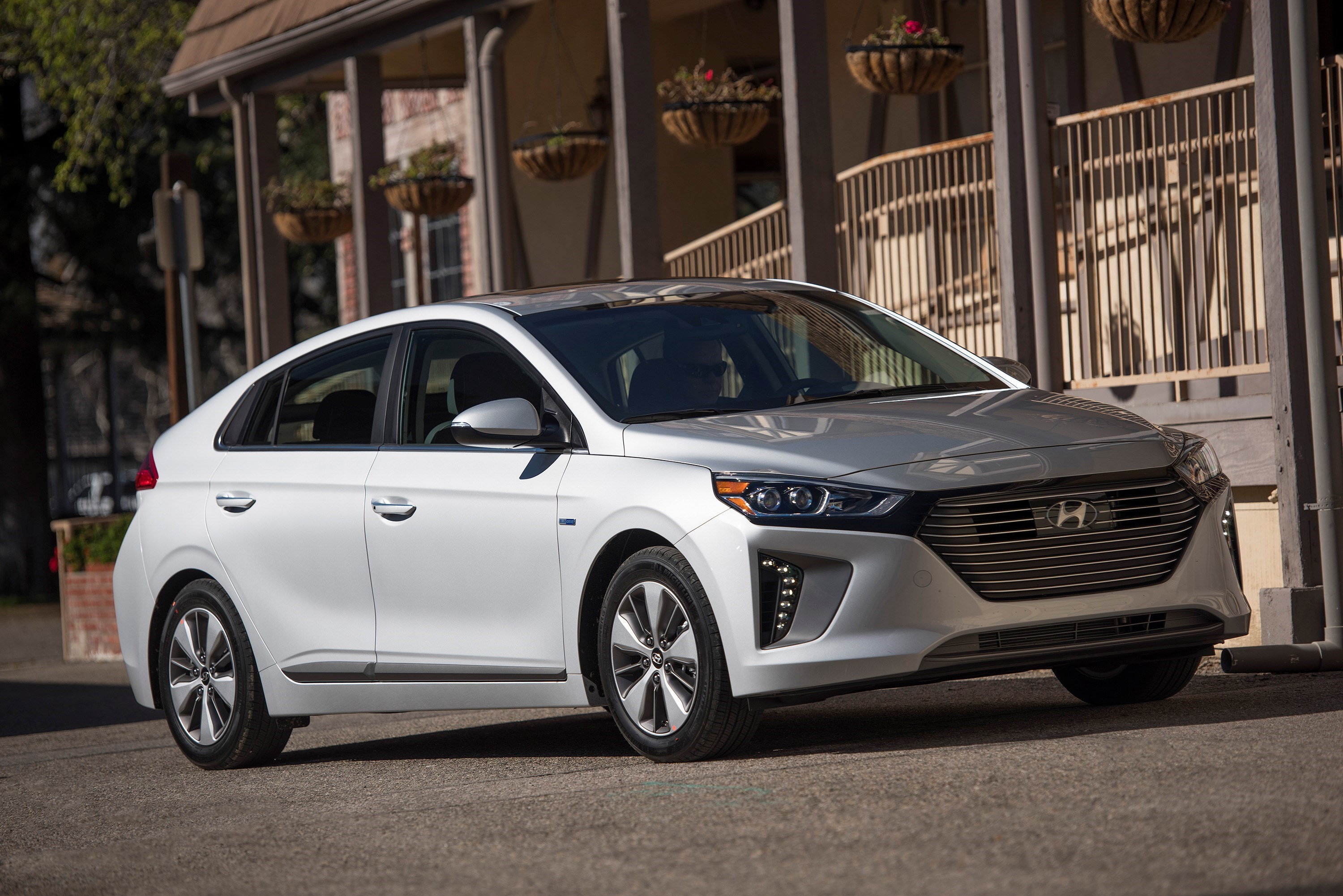
2017 Hyundai Ioniq Plug-In Hybrid, photo credit: Hyundai
The Hyundai Ioniq PHEV seems to be a great compromise, with almost 30 miles of EV range, and a solid 119 MPGe, second only to the segment-leading Prius. Plus, the Ioniq has the lowest starting price of any PHEV.
The chart below lays out the landscape of plug-in hybrids, to help you make the right choice for you and your lifestyle. It’s arranged in order of sales for the first half of 2018.
Model |
EV-only Range |
Total Range |
MPGe Comb. |
MPG Comb. |
Comb. Power (hp) |
Base Price |
2018 Toyota Prius Prime |
25 | 640 | 133 | 54 | 121 | $28,220 |
2018 Chevrolet Volt |
53 | 420 | 106 | 42 | 149 | $34,095 |
2018 Honda Clarity PHEV |
48 | 340 | 110 | 42 | 212 | $34,295 |
2018 BMW 530e xDrive |
15 | 360 | 67 | 28 | 248 | $56,695 |
2018 Ford Fusion Energi |
21 | 610 | 97 | 42 | 188 | $32,275 |
2018 BMW 530e |
16 | 370 | 72 | 29 | 248 | $54,395 |
2018 BMW i3 with Range Extender |
97 | 180 | 109 | 35 | 170 | $49,295 |
2018 Chrysler Pacifica Hybrid |
33 | 570 | 84 | 32 | 287 | $41,340 |
2018 BMW X5 xDrive40e |
14 | 540 | 56 | 24 | 308 | $64,745 |
2018 Mitsubishi Outlander PHEV |
22 | 310 | 74 | 25 | 277 | $35,865 |
2018 Audi A3 e-tron |
16 | 400 | 83 | 36 | 204 | $40,475 |
2018 Kia Niro PHEV |
26 | 560 | 105 | 46 | 139 | $28,840 |
2018 Volvo XC60 AWD |
18 | 370 | 59 | 26 | 400 | $53,895 |
2018 Hyundai Ioniq PHEV |
29 | 630 | 119 | 52 | 139 | $25,835 |
2018 Mercedes-Benz C 350e |
9 | 410 | 51 | 30 | 275 | $48,895 |
2018 BMW 330e |
14 | 350 | 71 | 30 | 248 | $46,595 |
2018 Porsche Panamera 4 e-Hybrid |
16 | 480 | 46 | 22 | 462 | $100,650 |
2018 Porsche Panamera Turbo S e-Hybrid |
14 | 450 | 49 | 21 | 680 | $185,450 |
2019 Mini Cooper SE Countryman ALL4 |
12 | 270 | 65 | 27 | 221 | $37,750 |
2018 Porsche Cayenne S e-Hybrid |
14 | 490 | 47 | 22 | 455 | $80,950 |
2018 Kia Optima PHEV |
29 | 610 | 103 | 40 | 202 | $36,105 |
2018 Volvo XC90 AWD |
19 | 380 | 62 | 27 | 400 | $65,945 |
2018 Mercedes-Benz GLE 550e 4MATIC |
10 | 460 | 43 | 21 | 436 | $67,695 |
2018 Hyundai Sonata PHEV |
28 | 600 | 99 | 39 | 193 | $34,135 |
2019 BMW i8 |
18 | 320 | 69 | 27 | 369 | $148,495 |
2018 Mercedes-Benz GLC 350e 4MATIC |
10 | 350 | 74 | 25 | 315 | $50,985 |
2018 Volvo S90 AWD |
21 | 410 | 71 | 29 | 400 | $64,645 |
2018 BMW 740e xDrive |
14 | 340 | 64 | 27 | 322 | $91,695 |
2018 Cadillac CT6 PHEV |
31 | 430 | 62 | 25 | 335 | $76,090 |
2018 Karma Revero |
37 | 240 | 60 | 20 | 403 | $131,400 |
All prices include destination charge.